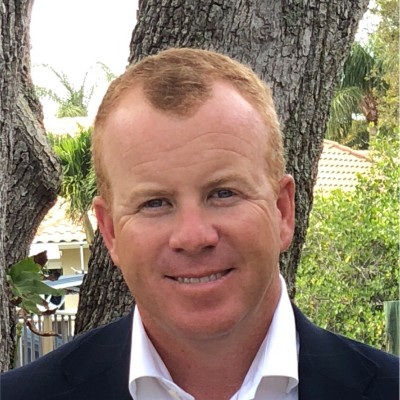- Video Library
- David Cash, ZKR Orthopedics - Minimally Invasive Surgical Alternatives | LSI USA '24
David Cash, ZKR Orthopedics - Minimally Invasive Surgical Alternatives | LSI USA '24

David Cash
Entrepreneur and investor with 20+ years experience creating teams to identify unmet needs, prioritize solutions, and scale businesses. Specializing in achieving value add milestones which allows early stage companies to grow. Current successes in medical office building and surgery center de novo projects, medical devices, AI powered software, and service businesses.
David Cash
Entrepreneur and investor with 20+ years experience creating teams to identify unmet needs, prioritize solutions, and scale businesses. Specializing in achieving value add milestones which allows early stage companies to grow. Current successes in medical office building and surgery center de novo projects, medical devices, AI powered software, and service businesses.

17011 Beach Blvd, Suite 500 Huntington Beach, CA 92647
714-847-3540© 2025 Life Science Intelligence, Inc., All Rights Reserved. | Privacy Policy







